Mysuru, known as the Cultural Capital, also boasts many museums, educational and research institutions. Adding to its accolades is the ‘Unique Health Museum,’ the first-of-its-kind in India, quietly taking shape at Teachers Layout. This museum aims to create health awareness among the public with special focus on students.
On International Museum Day 2024 (May 18), with the theme ‘Museums for Education and Research,’ Star of Mysore spoke to Dr. N.M. Shama Sundar, the man behind the ‘Unique Health Museum.’ This museum is the second in the world to showcase plastinated organs.
Speaking about plastination, Dr. Shama Sundar, an Anatomy Professor, explained, “Normally, specimens are preserved in bottles using formalin, a liquid that can cause eye and skin irritation. This method can cause specimens to lose their actual colour and may not appear realistic.”
Plastination, however, is a dry preservation technique that maintains specimens in their original colour and shape for a long time. When plastinated specimens are on display, one can touch and feel them in their natural form, providing better information than conventional preservation methods, he said.
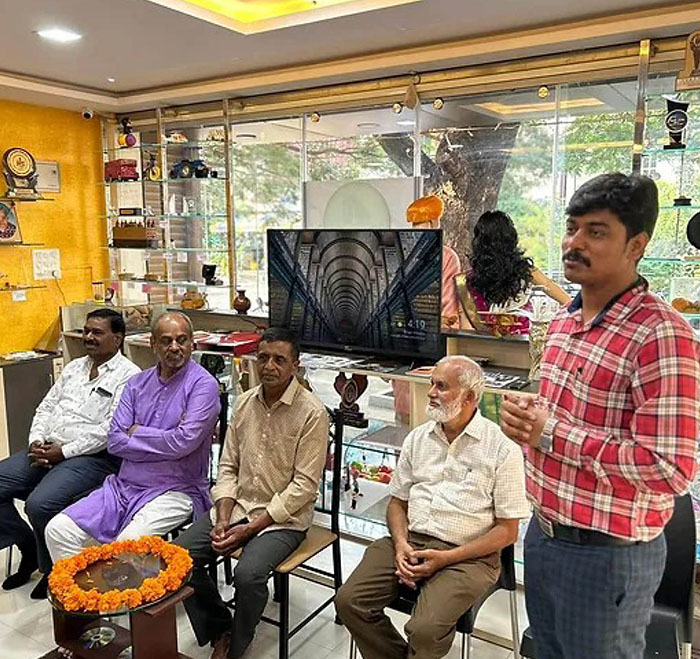
“I am a surgeon, and when my junior wants to learn surgery, living patients cannot be used as juniors are not trained or qualified. Bottled specimens in formalin are inconvenient due to their irritating smell and form, making them unsuitable for cutting and stitching practice. Plastinated specimens have no smell and are real specimens, not plastic models. They are convenient for junior doctors to learn from and serve as alternatives to patients,” he said.
Former Dean of JSS Medical College and current Visiting Anatomy Professor at various Medical Colleges, Dr. Shama Sundar, adds, “When conducting workshops on organs like the heart or kidney, carrying bottled specimens is inconvenient and uncomfortable due to the smell and risk of spillage. Abhishek, a Science Communicator and Founder-Secretary of Gravity Science Foundation, Chamarajanagar and I frequently travel to conduct workshops. Plastinated specimens are easy to carry and provide hands-on experience, allowing the audience to see and feel both healthy and affected organs.”
“We conduct workshops and exhibitions at schools and summer camps for high school students and above. Usually, children see organs only in drawings or books, which do not convey the real size or colour. When they see real specimens preserved through plastination, they get a true sense of an organ, making learning more effective,” he added.
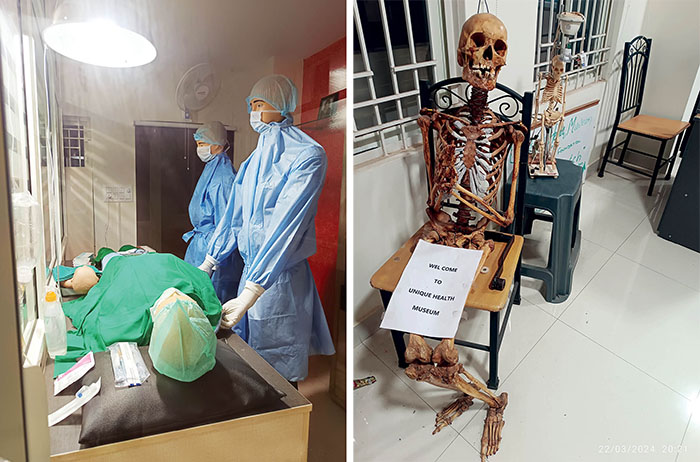
Some may hesitate to touch the specimens as they come from deceased bodies, so they can be covered with transparent covers for display. The museum features hearts, kidneys, lungs, brains, models, and photos to educate visitors. Apart from plastinated specimens, there are games and physics-related models in the museum to keep it interesting. Well-dressed dolls convey the message that a ‘healthy family is a happy family’ at the front of the museum. The overall idea is to make the museum engaging and convey the importance of health and happiness.
When asked about record body donation registrations during his tenure as Secretary of the JSS Body Donation Association, Dr. Shama Sundar explained, “40 years ago, there were fewer medical colleges and one body was sufficient for 10 students for an academic year. As the population and need for doctors increased, new colleges emerged, raising the demand for bodies.”
“Back then, we often received bodies of beggars. When they died, the Police would verify that the deceased had no relatives to claim the body and that the death was natural. The Police would then take signatures from residents and communicate to the medical college that the body could be used for teaching and research purposes,” he said.
“As the number of medical colleges increased, so did the need for bodies. We anticipated a shortage and sought a long-term solution. We decided to promote body donation. I feel that from a scientific perspective, burying or cremating bodies is wasteful, despite the sentimental and religious aspects,” he opined.
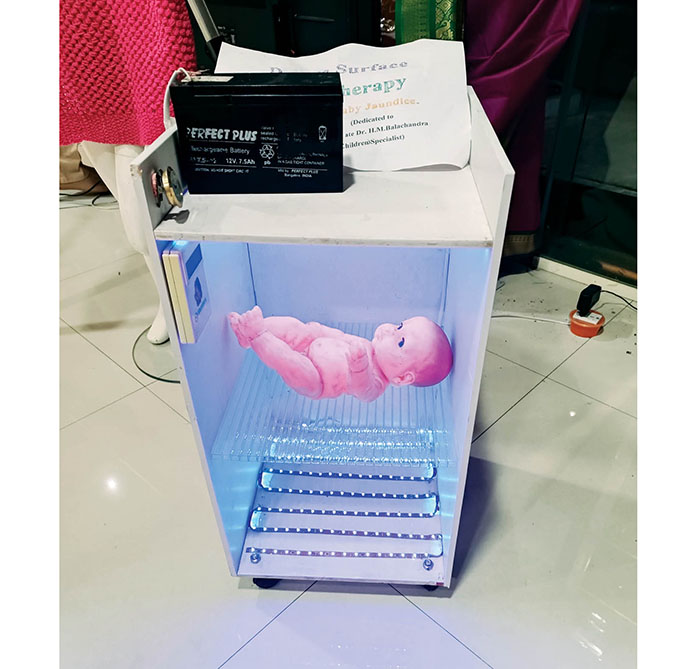
“I gave programmes on Akashvani and TV and wrote articles in newspapers and blogs in both Kannada and English. During lectures, we shared our idea of body donation, emphasising that hands-on experience with real bodies is essential for medical training. We simply conveyed that one cannot become a doctor by studying on computers alone,” he revealed.
The public responded positively and many pledged to donate their bodies. As a result, JSS achieved the highest body donation registration in India, with nearly 4,000 pledges.
Although the Body Donation Association was first set up in Belagavi, it received a weak response because just putting up a board was insufficient. We needed to create awareness actively. “I attended many programmes to speak about the importance of body donation, which garnered significant publicity and support,” he noted.
In body donation, family members of the deceased had no expenses. “We provided the ambulance, consoled the family and took the body. The biggest advantage was preserving the body for over 15 days, allowing relatives to pay their last respects. This was particularly beneficial for families with members abroad who arrived later. In some cases, even if parents had registered for body donation, their children might opt for cremation or burial instead. Both my mother’s and sister’s bodies have been donated to the Anatomy Department and plastinated,” Dr. Shama Sundar said.
The ‘Unique Health Museum’, which was formally inaugurated on Oct. 23, 2023 by Padma Shree Prof. S. Ayyappan, former Director-General, ICAR, is open between 5.30 pm and 8.30 pm every day and shortly the Museum will be thrown open to public from 10 am to 8.30 pm.
A 10 Rupees Doctor !
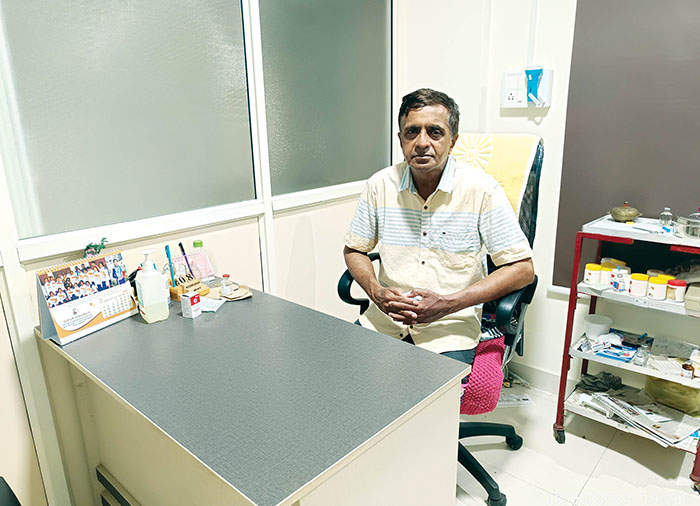
Dr. N.M. Shama Sundar is a Senior Professor of Anatomy with over 36 years of experience and served as the Dean of the Faculty of Bio-Medical Sciences at JSS Academy of Higher Education & Research (JSS AHER) for five years. He studied at Yuvaraja’s College and did MBBS and MS (Anatomy) from Mysore Medical College.
He established JSS Body Donation Association 26 years ago, achieving the highest number of registrations (3,814) and donations (497) in India. He is the first in India and second in the world to design ‘Plastination’ technique. He has received over 185 awards and honours and has instituted the ‘Dr. Mannar Krishna Memorial Gold Medal’ in his father’s name, awarded for the highest marks in Anatomy.
Dr. Shama Sundar’s father was a veterinary doctor, his mother a housewife, and his siblings and their children are engineers. He has been a family physician at Mini Clinic in Siddarthanagar for 39 years, charging only 10 rupees, earning him the nickname ‘10 Rupees Doctor.’ Specialising in paediatric surgery, he has performed over 3,000 minor surgeries at low cost.
Gravity Science Foundation
Established on Oct. 15, 2018, the Gravity Science Foundation (GSF) aims to popularise science in rural areas and society while promoting basic science research among school and college students in Chamarajanagar and other underserved regions of Karnataka through comprehensive science education.
Recognised as one of the top 100 Meritorious Science Clubs in India, with only one from Karnataka among 3,367 clubs, the GSF conducts health camps, science talks, awareness programmes and demonstrations in schools and colleges across villages in Chamarajanagar, T. Narasipur, Kollegal, and beyond. — BNR



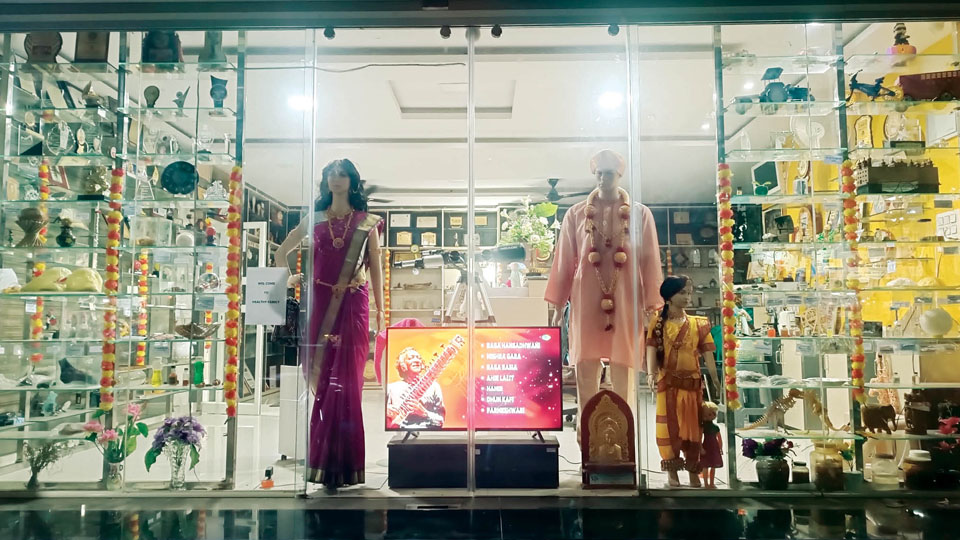
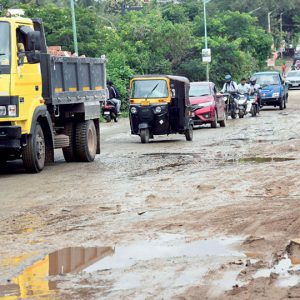


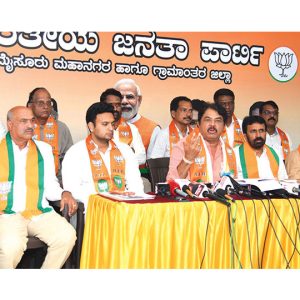
Recent Comments